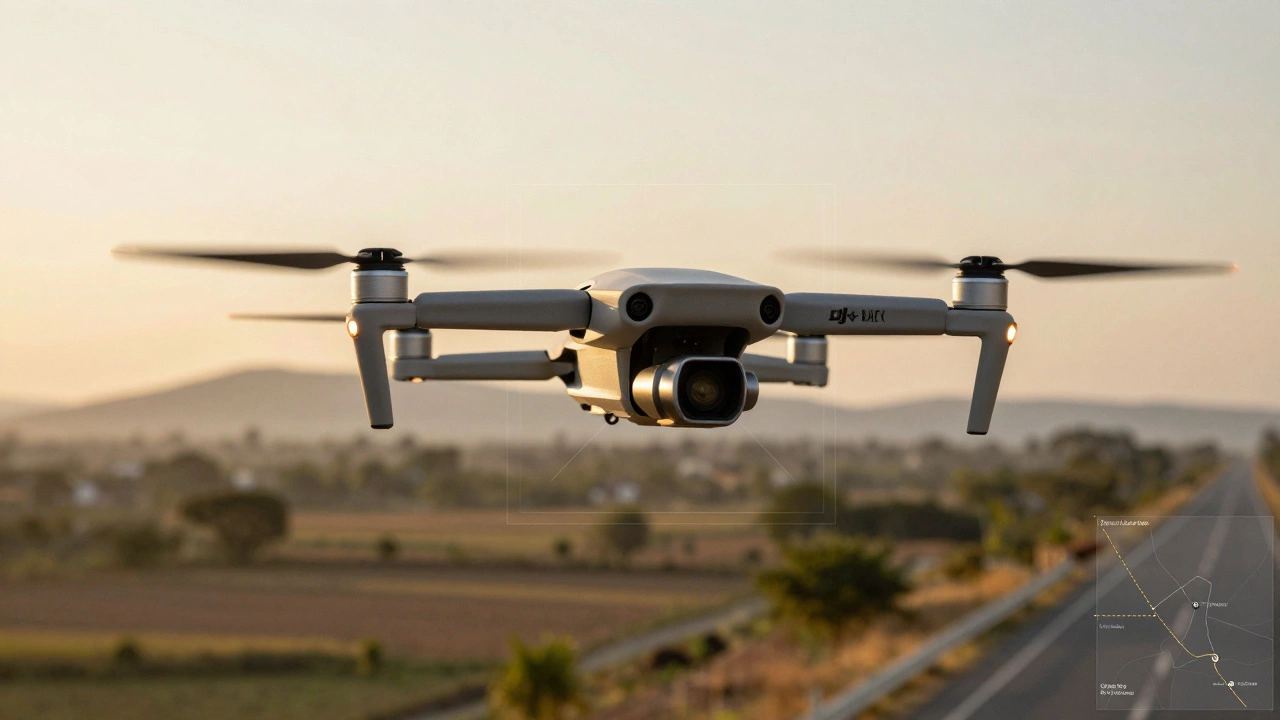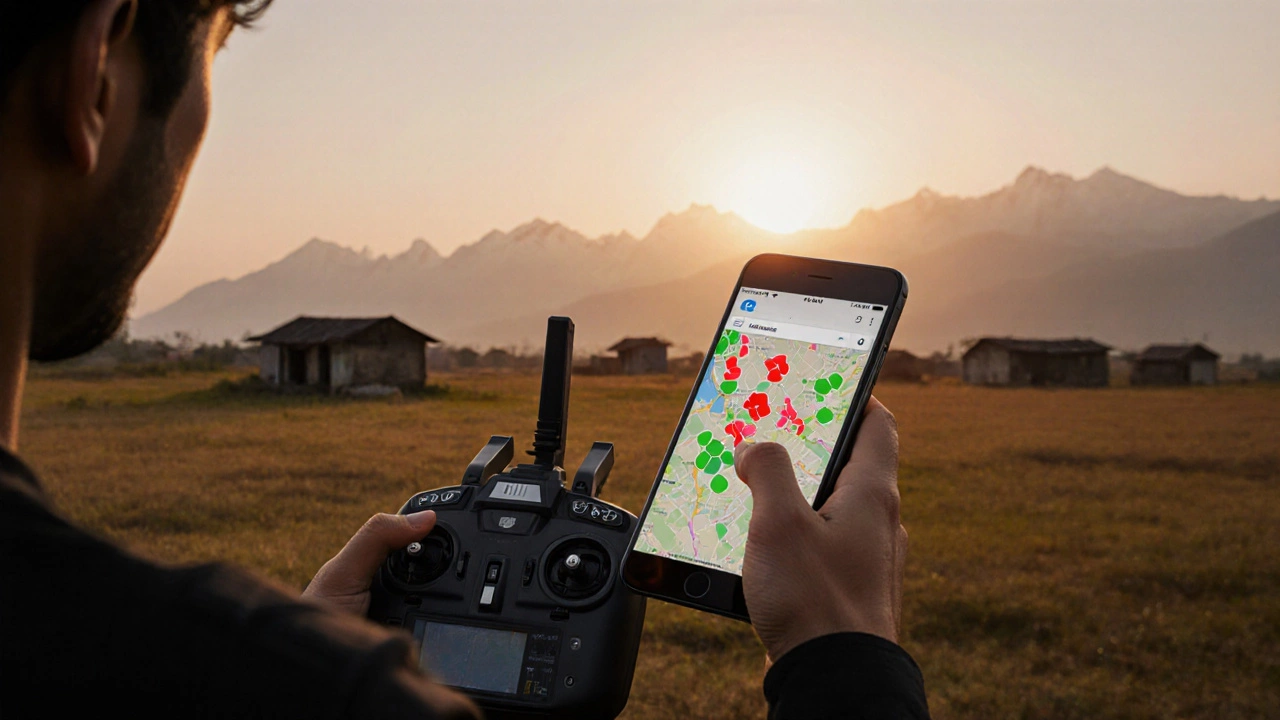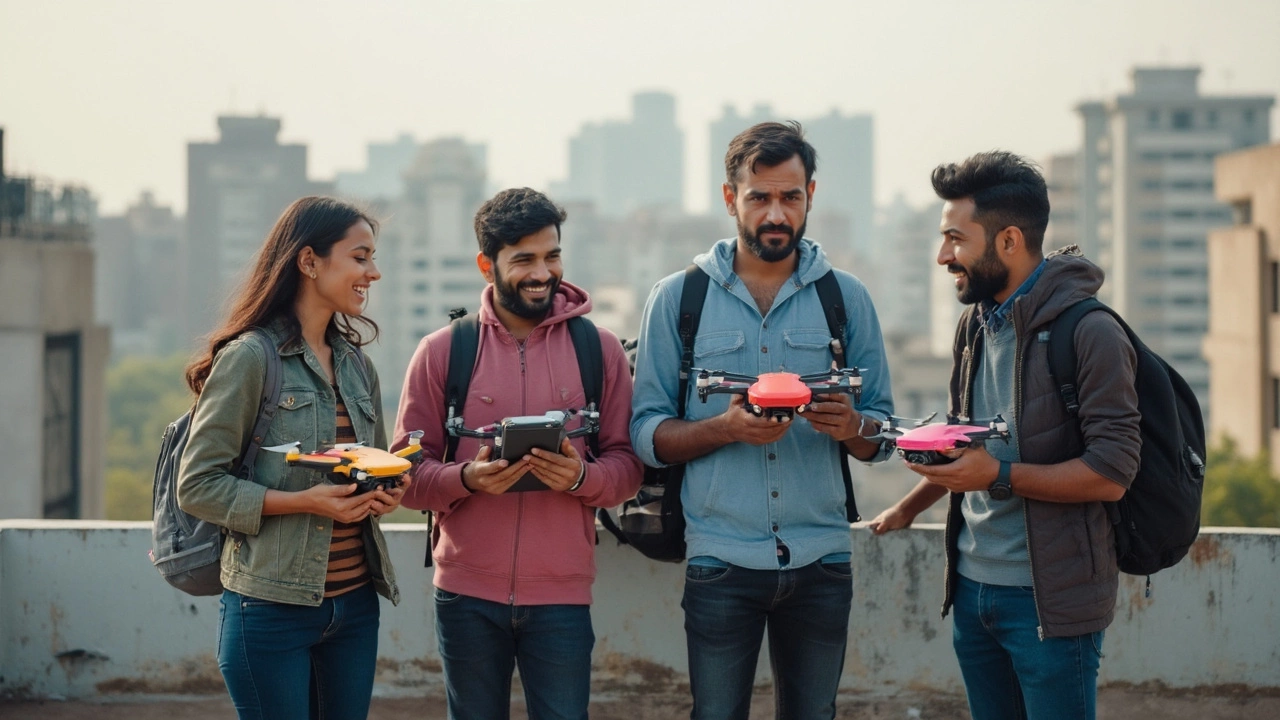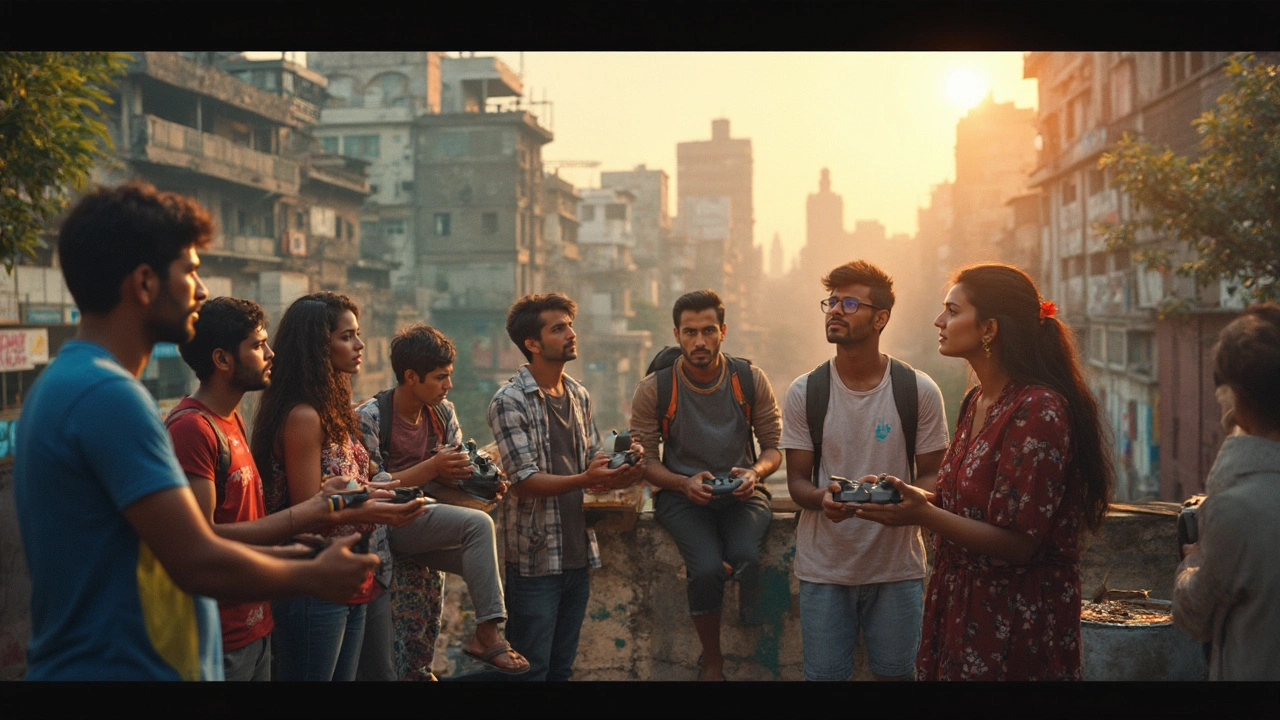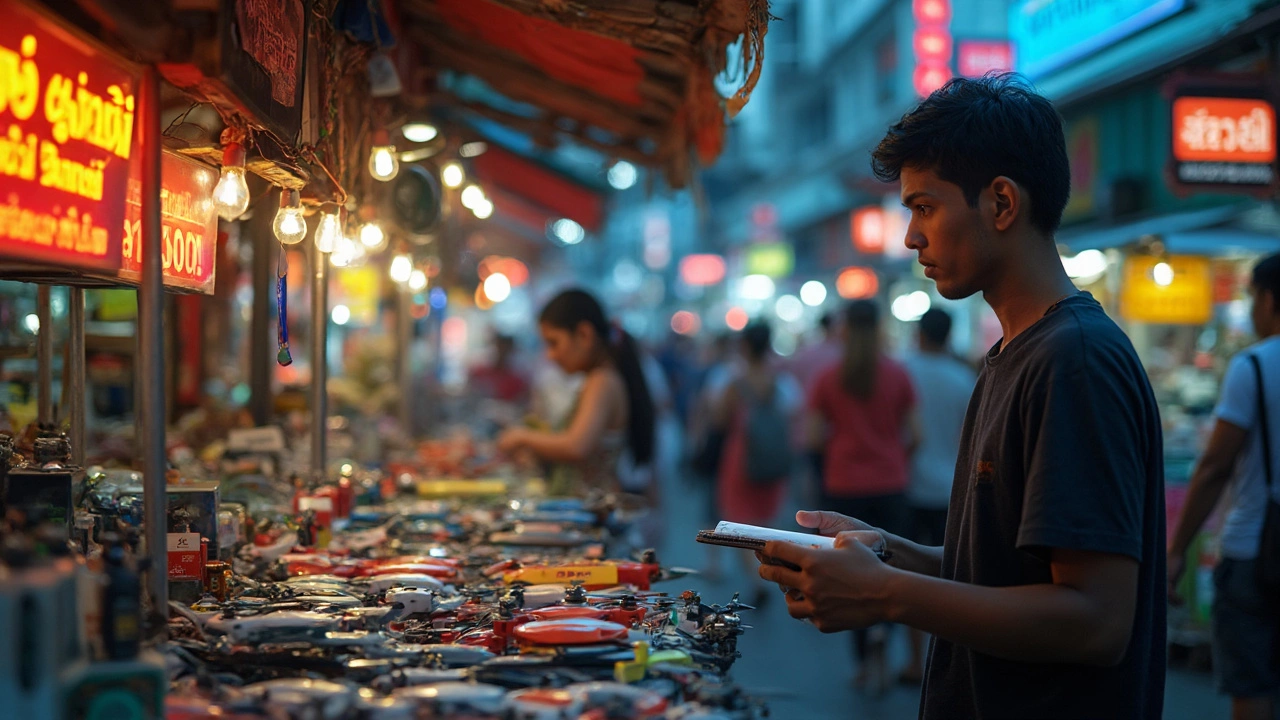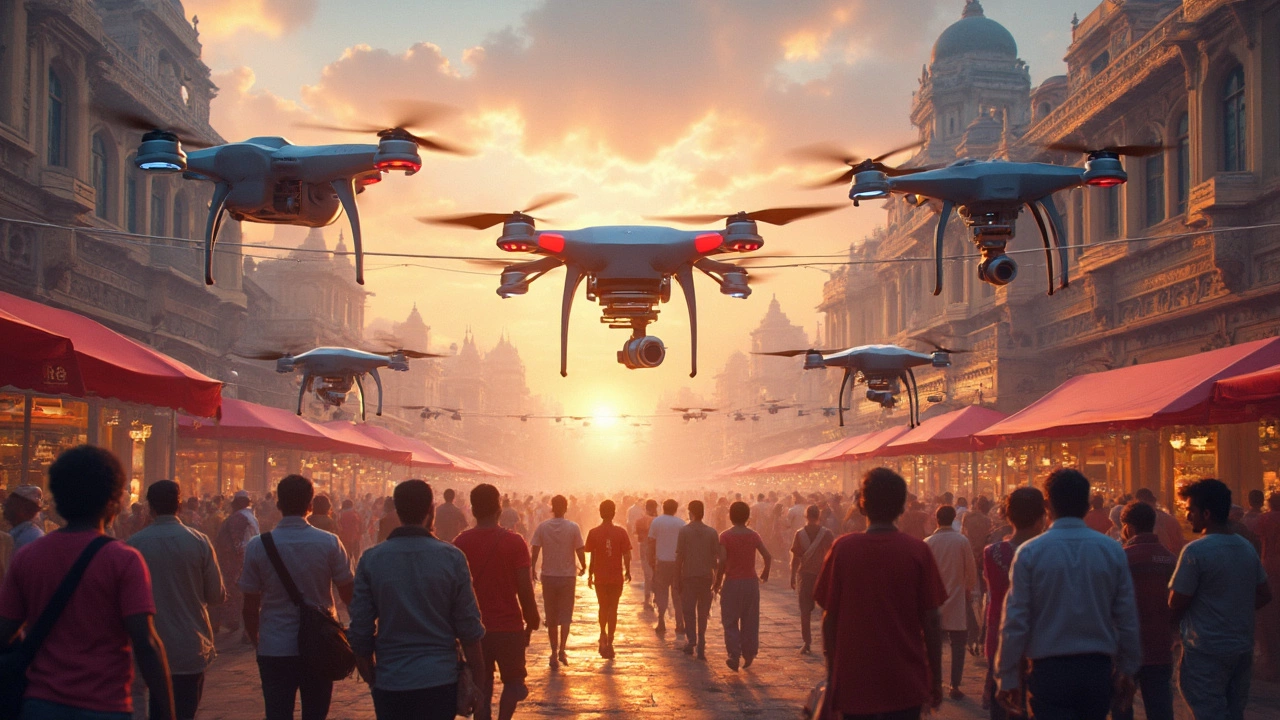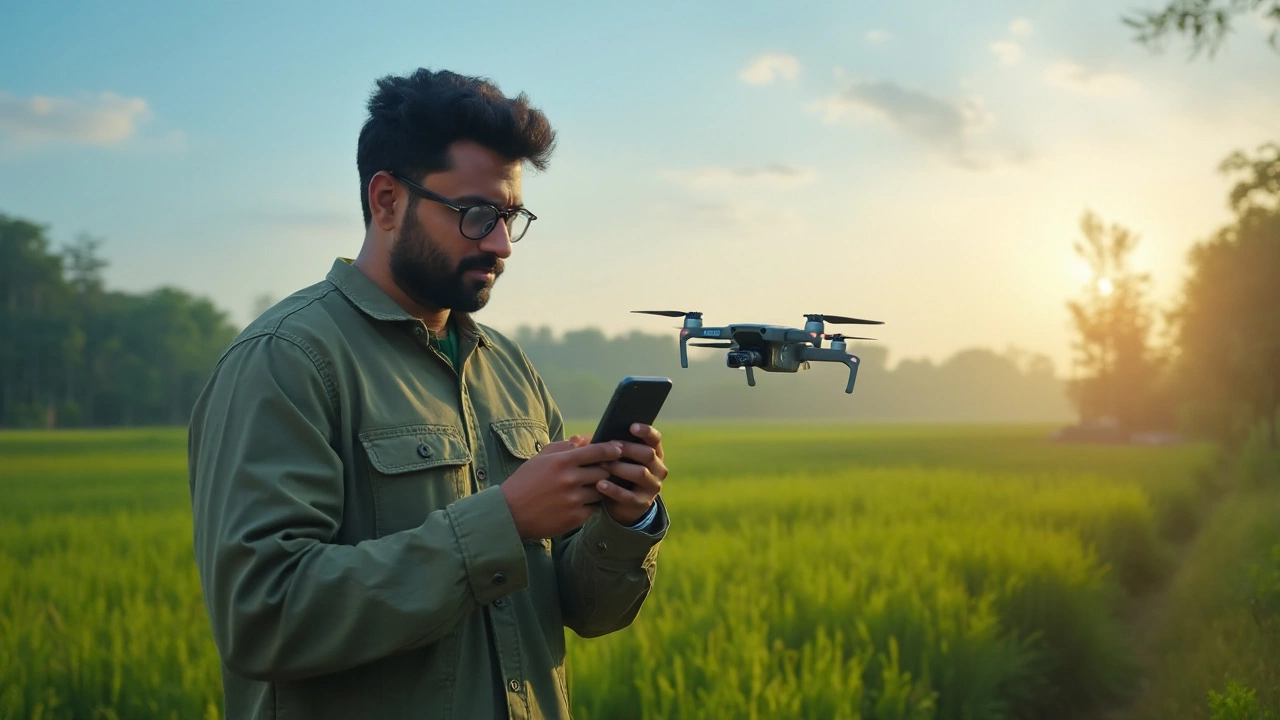Drone Photography in India: What You Need to Know
Want to capture the city skyline or a beach from above? Drone photography is a fast-growing hobby and business in India. You don’t need a fancy camera to start – just a good drone, a basic plan, and a clear idea of the rules. Below you’ll find the most useful info to get you flying safely and getting great shots.
Legal basics you can’t ignore
The first step is to understand the law. In India, the DGCA (Directorate General of Civil Aviation) controls drone flights. If your drone weighs more than 250 g you need to register it on the Digital Sky portal and get a Unique Identification Number (UIN). For most hobby drones, a simple online registration takes a few minutes and costs about ₹1,000.
Next, you’ll need a Remote Pilot License (RPAS) if you plan to fly for commercial work or if the drone is over 2 kg. The exam is online, lasts about an hour, and the fee is roughly ₹3,000. Once you have the license, you can apply for a No‑Objection Certificate (NOC) for specific locations, like busy city areas or tourist spots.
Remember these quick rules: always keep the drone within sight, stay below 400 ft, and avoid flying near airports, government buildings, or crowds. Breaking the rules can lead to fines or a ban, so stick to the guidelines.
How much does it cost?
Pricing varies by region and the type of service you offer. For basic aerial shots in Mumbai, most freelancers charge between ₹5,000 and ₹12,000 per hour, including travel and editing. If you need a full‑day shoot with multiple locations, the price can rise to ₹25,000‑₹35,000.
Equipment is another cost factor. A reliable consumer drone like the DJI Mini 3 Pro costs around ₹45,000, while a professional model such as the DJI Air 2S is about ₹70,000. Add a spare battery (₹8,000) and a good SD card (₹2,000) and you’re ready for most jobs.
Don’t forget insurance. A basic third‑party liability policy is around ₹3,000‑₹5,000 per year and can save you a lot of headache if something goes wrong.
When you quote a client, be clear about what’s included: flight time, editing, travel, and any permits. Transparent pricing builds trust and helps you avoid surprise costs later.
Now that the legal and cost side is clear, let’s talk about making great images. Use the sunrise or sunset for soft light, keep the horizon level, and experiment with low‑altitude shots to add depth. A simple app like DroneDeploy can help you plan flight paths and ensure you capture every angle you need.
Practice is key. Start with short flights in open fields, then move to more complex locations once you feel comfortable with the controls. Review your footage on a laptop, trim the boring parts, and add a color grade that matches the mood you want.
If you’re looking for clients, showcase your best work on Instagram and local Facebook groups. Many wedding planners and real‑estate agents in Mumbai are eager to add aerial views to their portfolios, so a short, polished reel can land you regular gigs.
Finally, stay updated. Drone regulations can change, and new features are added to popular drones every year. Subscribe to the Digital Sky newsletter or follow DGCA updates to keep your license and knowledge current.
With the right paperwork, equipment, and a bit of practice, drone photography in India can become a rewarding hobby or a solid side business. Get your drone registered, learn the basics, and start capturing the world from a new perspective today.
